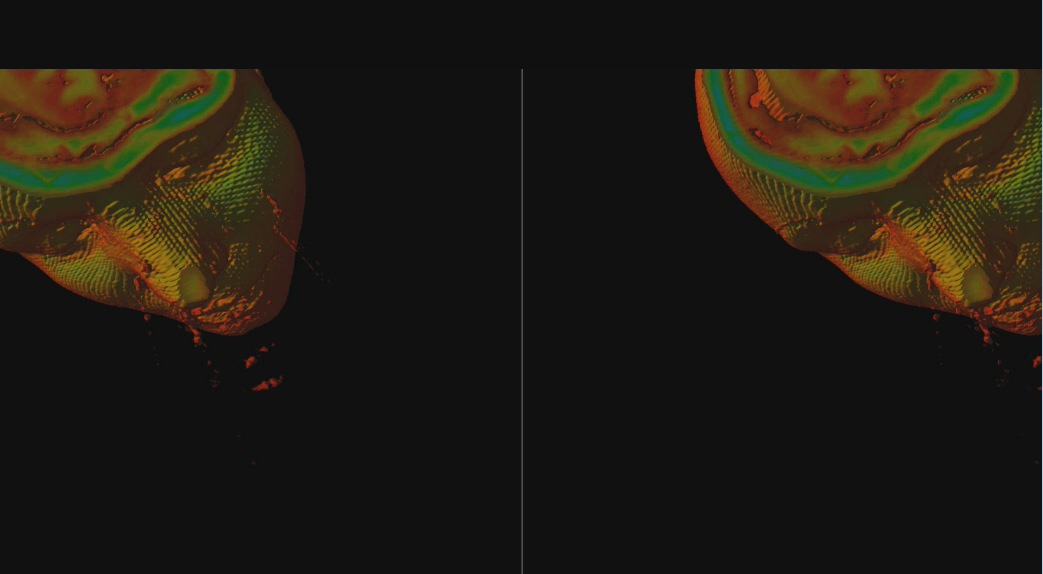VR Orthoslices Demo
 Shows an example of an orthoslices viewer in VR
Shows an example of an orthoslices viewer in VR
DESCRIPTION:
- This example generates a double-rendering (one for each eye) of a 3D scene (a volume dataset split in 3 orthoslices, one for each axis) provided to openVR library to be displayed in a virtual reality headset (HTC vive or Oculus Rift)
The two handheld controllers are managed to basically manipulate the rendered object (rotation, scale) in space and move each slices independently.
Oculus setup is the same as the HTC Vive and it works without doing anything specific. To make sure HTC Vive or Oculus are correctly installed, you can use SteamVR interface: https://cdn.uploadvr.com/wp-content/uploads/2016/12/rift-steam-vr-detected.jpg Using the Oculus, you have to authorize the access to non-verified application. See http://www.roadtovr.com/how-to-use-oculus-rift-with-steamvr-play-games-install-support-non-vr-games-desktop-theather-mode/
If you are using Oculus in seated mode, you must modify the source code of the SoRenderAreaVR::init function. By default, the renderArea in configured in standing mode: vr::VRCompositor()->SetTrackingSpace(vr::TrackingUniverseStanding); You can change this call to vr::VRCompositor()->SetTrackingSpace(vr::TrackingUniverseSeated);
FILES:
- Inventor/examples/demoOrthoslicesVR/HelloOpenVR.cxx
- Inventor/examples/demoOrthoslicesVR/SoPhysicsTransform.cxx
- Inventor/examples/demoOrthoslicesVR/SoPhysicsTransform.h
- Inventor/examples/demoOrthoslicesVR/SoSliceHelperVR.h
SEE ALSO
SCREENSHOT:
